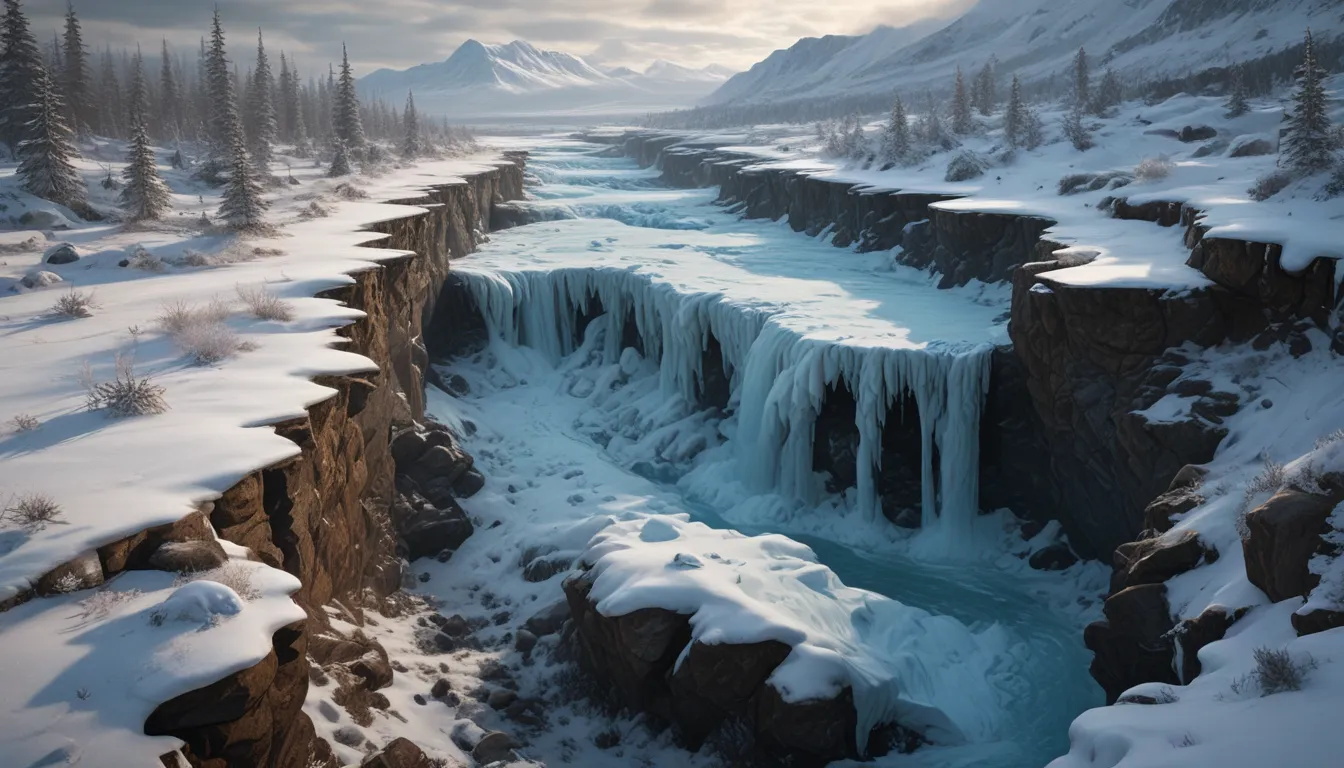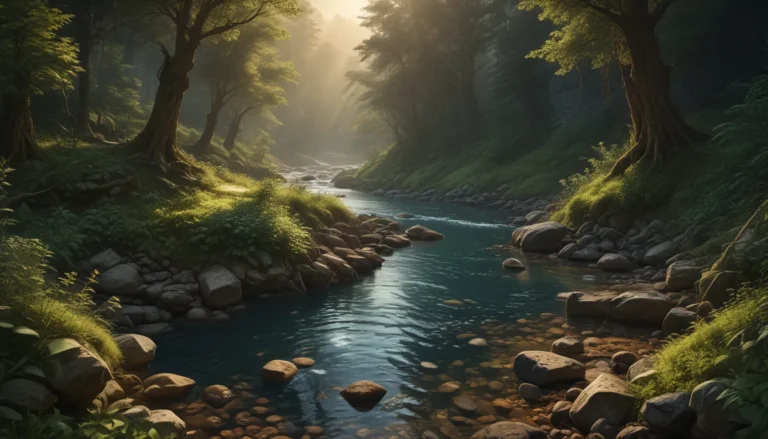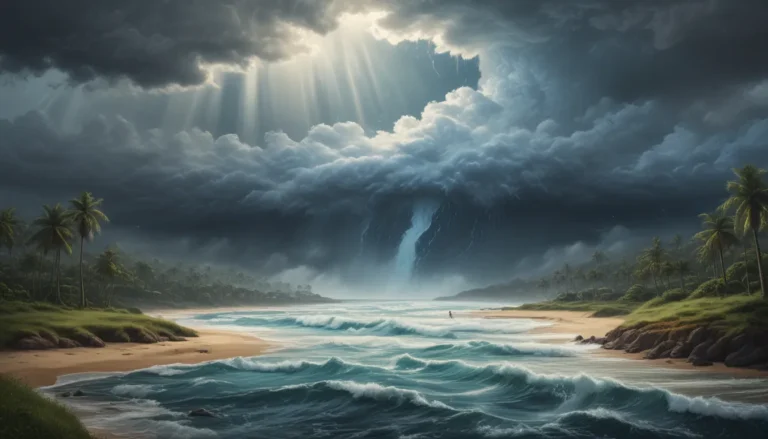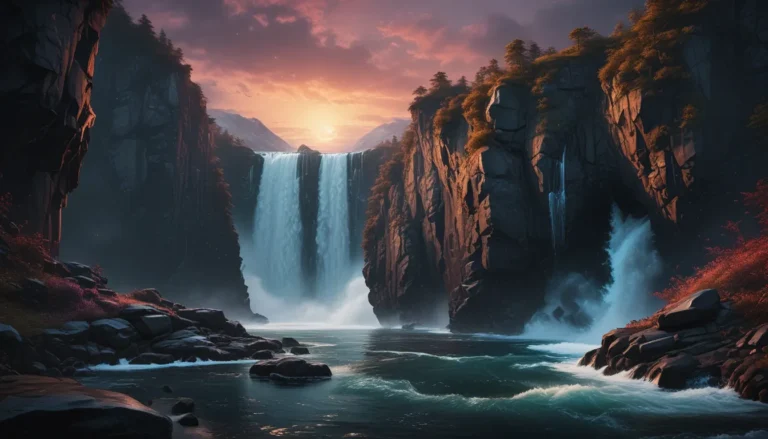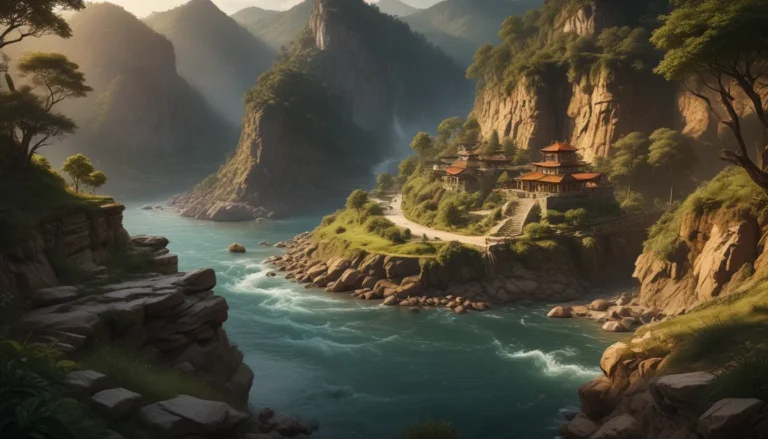A Note About Images: The images used in our articles are for illustration purposes only and may not exactly match the content. They are meant to engage readers, but the text should be relied upon for accurate information.
Welcome to the intriguing world of permafrost, a natural phenomenon that extends throughout various regions of our planet. Derived from the words “permanent” and “frost,” permafrost refers to a layer of soil or rock that remains frozen for extended periods. Covering approximately 24% of the Earth’s land surface, permafrost is not just frozen ground; it holds ancient secrets and has significant implications for our planet’s climate and ecosystems.
Discovering the Depths of Permafrost
Permafrost, with its frozen depths that can extend hundreds of meters below the surface, acts as a natural freezer, preserving ancient remains and providing valuable insights into Earth’s history. Some pockets of permafrost reach astounding depths of over 1500 meters, showcasing the incredible preservation capabilities of this frozen layer.
Key Fact: Permafrost stores vast amounts of carbon, estimated to be twice as much as what is currently present in the Earth’s atmosphere.
The Impact of Climate Change on Permafrost Stability
While permafrost plays a crucial role in preserving ancient remains and shaping landscapes, it faces a significant threat from climate change. Rising global temperatures trigger permafrost thawing, releasing greenhouse gases into the atmosphere and contributing to further global warming.
Fact: Thawing permafrost leads to land subsidence, posing risks to infrastructure and habitats while contributing to erosion in affected areas.
Unveiling the World of Microbial Life in Permafrost
Despite the extreme cold conditions, permafrost houses a diverse range of microbial life forms uniquely adapted to survive in these frozen environments. These organisms play essential roles in nutrient cycling and offer potential for valuable biotechnological discoveries.
Insight: Permafrost acts as a vital habitat for various Arctic wildlife species, providing insulation, shelter, and a stable environment for their survival.
Permafrost: A Natural Freezer Preserving Ancient Secrets
The freezing temperatures of permafrost create a natural freezer, preserving ancient plant and animal remains for centuries. Scientists have uncovered well-preserved mammoths, ancient pollen, and intact human artifacts in regions with permafrost, offering glimpses into Earth’s past.
Noteworthy: Permafrost’s freezing and thawing processes shape unique landforms such as patterned ground, ice wedges, and thermokarst lakes, adding to the diversity of polar regions.
Overcoming Challenges in Infrastructure Development
Permafrost presents significant challenges in infrastructure development and construction, requiring careful planning and design to prevent damage caused by shifting or thawing frozen ground. Buildings and roads in permafrost regions must navigate the complexities of this unique environment.
Insight: Melting permafrost raises concerns about the reemergence of ancient diseases, posing risks to human and animal populations.
Protecting Permafrost for Future Generations
Understanding the importance of permafrost is vital in addressing climate change challenges and maintaining ecosystem balance. By appreciating the complexities and impacts of permafrost, we can work towards safeguarding these frozen regions and mitigating potential consequences.
Conclusion: Permafrost’s significance in the Earth’s climate system highlights the need for ongoing research and efforts to mitigate climate change and protect these essential environments.
FAQs: Exploring Permafrost in Depth
-
What is permafrost?
Permafrost refers to a layer of soil, rock, or sediment that remains frozen for extended periods. -
Where is permafrost found?
Permafrost is primarily found in cold regions, including high-latitude areas such as the Arctic and Antarctic. -
How deep does permafrost go?
Permafrost can vary in thickness, extending from a few meters to over 1,000 meters below the surface. -
What are the impacts of permafrost thawing?
Thawing permafrost releases greenhouse gases into the atmosphere and can lead to land subsidence and infrastructure damage. -
Can permafrost be protected?
Protecting permafrost involves reducing greenhouse gas emissions and implementing measures to prevent human-induced disturbances. -
Are there benefits to permafrost?
Permafrost acts as a natural freezer, preserving ancient remains and supporting unique ecosystems in cold environments.
Understanding the unique characteristics and significance of permafrost opens up a world of exploration and appreciation for Earth’s geological marvels. As we delve into the complexities of permafrost and its impacts, we gain valuable insights into the delicate balance of our planet’s ecosystems and the importance of preserving these frozen treasures for future generations to come.
